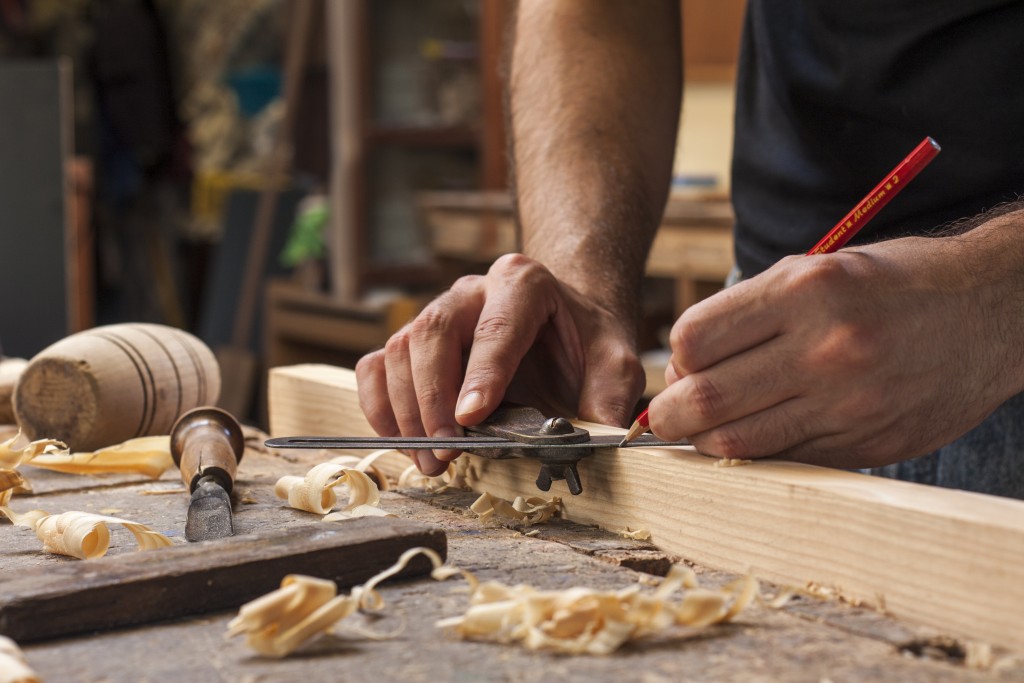A United Nations report declared that the impacts of climate change are now “irreversible.” We’ve reached the point where we can no longer stop climate change; we can only slow down its effects and consequences.
For lasting change to occur, action needs to happen at a global level. But at the same time, our individual choices and behavior can also play a part. In the time of COVID-19, more families are spending time at home than ever before in history, and now is a great time to assess our choices and see what changes and adjustments we can make to help reduce our carbon footprint.
Here are some ideas for DIY projects you can do at home to help save the planet.
Reduce your energy
Reducing your electrical consumption is not only good for the environment; it benefits your wallet, too. There are ways to work with your electrical technician to help reduce your energy consumption without overhauling the structure of your home. Here are some ideas:
- Light dimmers. They decrease the flow of electricity to the bulb and allow lights to operate with much fewer power outputs. They can also extend the life of your light bulbs.
- Room occupancy sensors. They work exactly as their name describes—these sensors turn off the lights and the power when they’re not needed. These sensors are often used in workspaces and offices, but they can also work well in homes, especially for families with kids who often forget to turn off the light when they leave the room. Based on a study, occupancy-based strategies can generate average lighting energy savings of 24%.
- Occupancy-sensing power strips. Motion sensor power strips are unlike regular power strips, which draw electricity whether appliances or devices are turned on or not. While it’s true that you can unplug devices, sometimes we forget to do so. An occupancy-sensing power strip, much like room occupancy sensors, can detect when someone leaves the room and automatically removes the power supplied to specific outlets, which then reduces electricity wasted by unused electronics.
At face value, it may seem like making these changes might cost more, but the long-term benefit of trimming your electric budget is well worth the investment.

Plant a tree
If you live in a house with a backyard, you have been given an immense privilege. Consider planting a tree to help purify the air around your home and help prevent rainwater runoff and soil erosion. Trees increase your home’s value as well. Here are a few tips to planting your backyard tree:
- Consider the size, shade, color, and fruiting you want your tree to have.
- Plant a tree in a location that won’t cause you problems later on. Consider where it’s located and if it can disrupt other areas of your house—are you planting it beside your pool? The driveway? Practice foresight and prevent problems before they even arise.
- Mind the hole the tree will be planted in—you need to make sure your tree is planted with a solid foundation and that it won’t be easily swayed by strong winds or rains. Make sure to dig two to five times as wide as the root ball. Remove weeds and grass from the planting site, then break up the soil around the area where the tree is to be planted.
- Remove the root ball from its container and loosen up the soil a little while making sure not to cause damage to the root ball.
- Plant the tree in the center of the hole about one to two inches above the ground.
- If the tree is strong enough to stand by itself, don’t add too many stakes. Just use two stakes and place them roughly about 18 inches from the trunk and make sure the ties are loose enough that the trunk can still sway back and fort with the wind.
Learn how to preserve your food
If you can’t grow your own produce right now, you can still visit your local farmers’ market and green groceries and preserve whatever fruits and vegetables you purchase from them. In the age of COVID-19, it’s a smart idea to learn how to self-sustain and preserve our food. Fermented foods can be a delicious source of nutrients, good bacteria, amino acids, and other vitamins. Some techniques include drying, fermentation, canning, refrigeration, freezing, pasteurization, and others.
Home Projects That Save the Planet
There’s a lot more we can do and learn to help reduce our carbon footprint. It may feel like our day-to-day choices don’t make much of an impact, but collectively, we all contribute to the polluting of the planet. In the same manner, if we all work together and take simple everyday steps towards sustainability, we can help reduce emissions.






